Day 2.
My brother and I woke up early in the morning for a purpose - to enjoy the Buffet Breakfast which was included in the package when we paid for our hotel room.
To our dismay, the buffet spread was not grand, with only some limited choice. However, they were certainly more than enough as breakfast for us, because we planned to...
The breakfast enjoyed by my brother and I was as follows...
Bread and Pastry
I made myself the toasted bread spread with some margerine and made them as sandwich together with a piece of smoked turkey ham. The combination was yummy~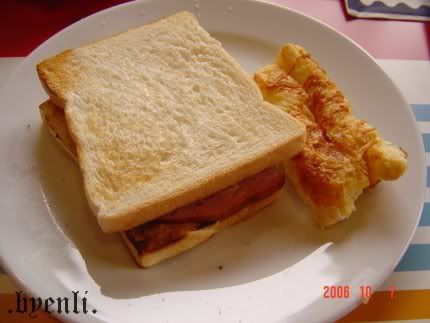
Hotdogs, Roti Plata, Chicken Fingers...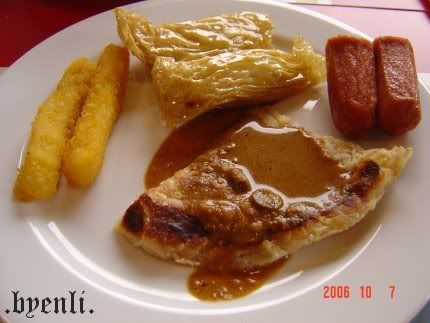
Fried Rice, Fried Bee Hoon (Rice vermicelli), Omelette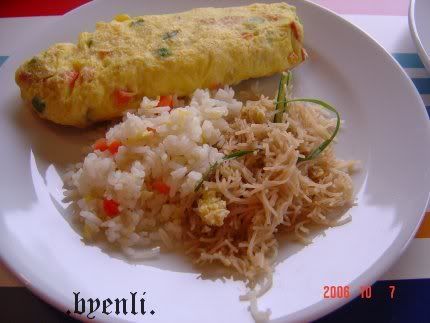
And finally... fruits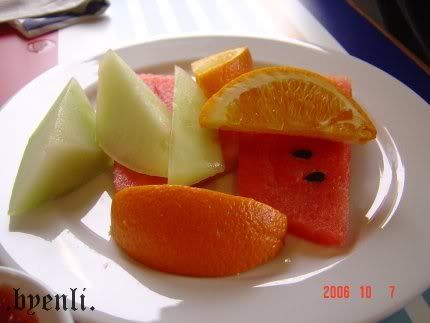
Yes, because we planned to visit Min Joo Restaurant AGAIN! To satisfy our appetite of trying the local food there, we decided to go to the same noodle stall we went yesterday, but still, our aim was to try the real kolo mee. So, we went there earlier.
The "real" version of Kolo Mee.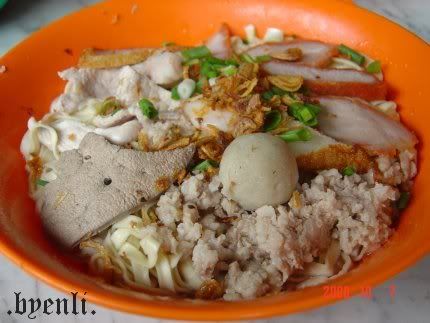
The Vegetable and Pork Soup.
The Mee Kosong (Only the noodles without any toppings).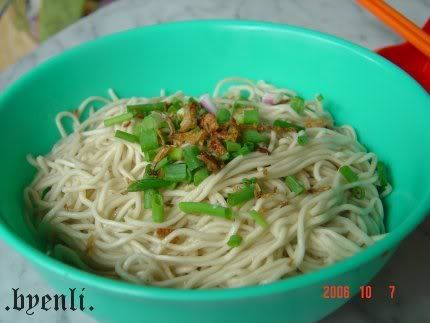
Iced Tea with Milk.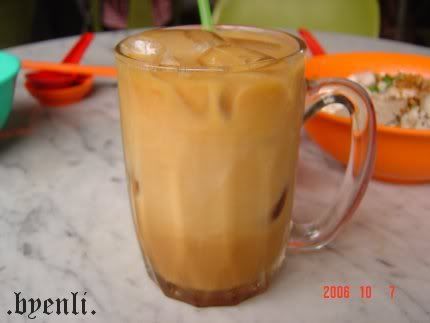
After some further touring around the city, our "tour guide" brought us to this restaurant - The Hong Kong Noodle House.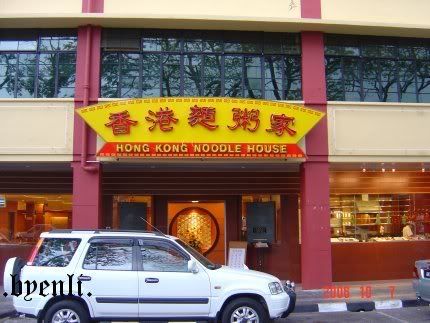
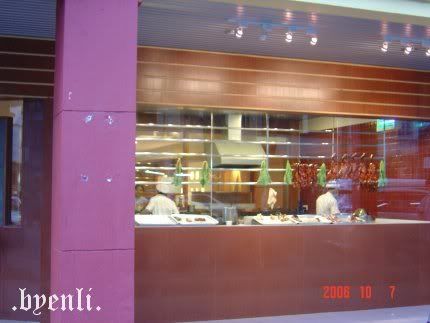
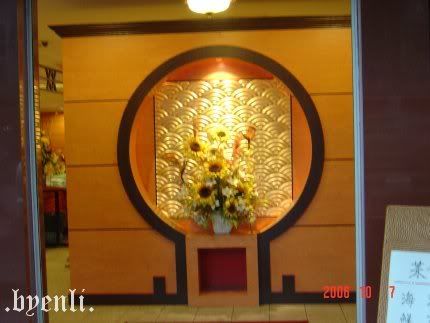
Tofu with Seafood.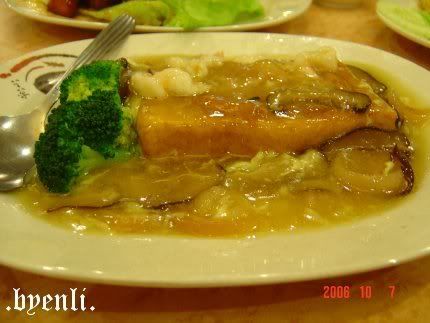
Pork Ribs in Sweet and Sour Sauce.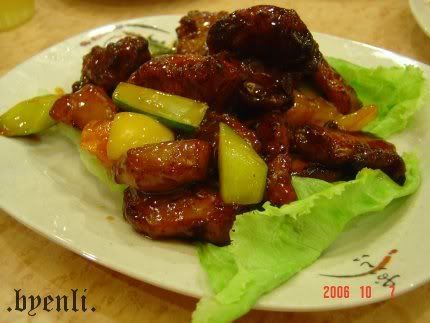
Fried Fish Fillets with Butter.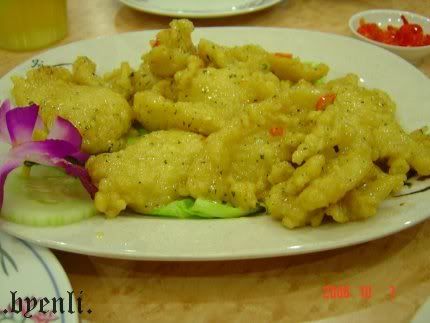
Stir-fried Midin with Sambal Belacan.
Forest ferns have a special place in the diet of the people, with the two most popular ferns used as vegetables being midin and the fiddlehead fern (pucuk paku). Midin grows wild in the secondary forests and is peculiar to the state. It has curly fronds and is very crunchy even after it has been cooked. Rural dwellers have always considered the fern a tasty, nutritious vegetable and the jungle fern’s rise from rural staple to urban gourmet green occurred in the 1980s with the increased urban migration of the Iban, Orang Ulu and other groups.
Today, the fern is widely available in markets. It is enjoyed by all and many eateries have the fern on their menu, often stir-fried with sambal belacan. Unfortunately, the fern does not travel well as it only stays fresh up to two days after harvesting so Sarawak is largely the only place to try midin dishes.
(Extracted from http://kuali.com/flavours/review.asp?file=recfeature/2005/7/47savou&sec=recfeature)
During the night, we paid the Sunday Market at Jalan Satok a visit.
The Sunday Market, which actually starts on Saturday afternoon, is held at
Jln Satok. It is renowned for the Bidayuh ladies who set up shop here selling fruit
and vegetables, but there are also many good Chinese and Malay stalls. Goods on
offer include handicrafts, forest produce (including deliacious wild honey), pets of
all descriptions, orchid plants, live fish, and a whole range of local snacks and
delicacies. The market is a must for weekend visitors, as it is very colourful and
teeming with shoppers. The best time to go is Saturday night or early Sunday
morning. (Extracted from Official Kuching Guide 2006)
There we finally had the chance to try the Sarawak Laksa. However, to me, it was like no difference with the Curry Mee I used to eat in Peninsular Malaysia, except that the Curry Mee has noodle as well instead of just the rice vermicelli as in Sarawak Laksa. And I still prefer the Curry Mee version as the soup base has richer aroma and flavour, but maybe because I never have the chance to try the best Sarawak Laksa in the city!
We also ordered some satay. The satay was cheap compared to what I used to have in Kuala Lumpur and Penang, at only RM 0.40 per stick.
Satay
Although recipes and ingredients vary from country to country, satay generally consists of chunks or slices of meat on bamboo or coconut leaf spine skewers, which are grilled over a wood or charcoal fire. Turmeric is often used to marinate satay and gives it a characteristic yellow color. Meats used include beef, pork, venison, fish, shrimp and chicken. It may be served with a spicy peanut sauce dip, or peanut gravy, slivers of onions and cucumbers, and ketupat. Pork satay can be served in a pineapple based satay sauce. An Indonesian version uses a soy-based dip.
(Extracted from http://en.wikipedia.org/wiki/Satay)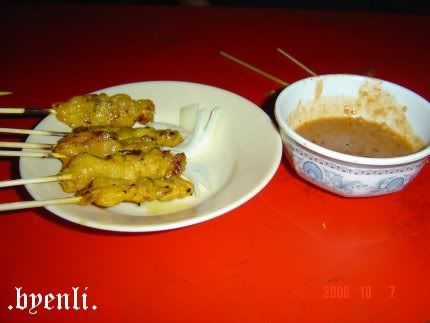
In the Sunday Market, I finally had a view of the Midin in its uncooked form.
And I bought something peculiar, at least to me. I bought a banana at RM 1!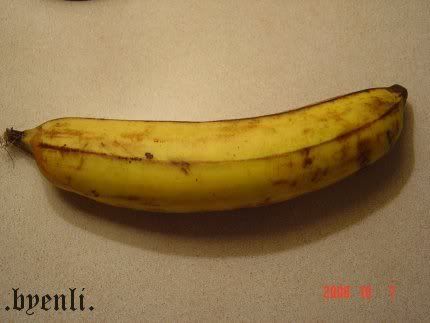
Couldn't imagine what's so special about this? Check out the next photo.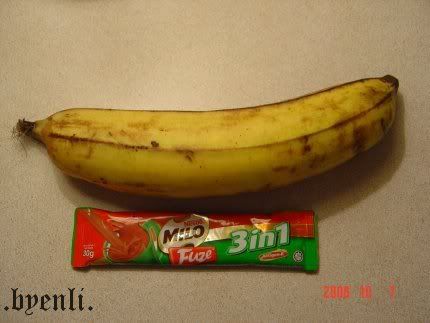
Do you know why now?
These all ended our Day 2 trip as we went back to our hotel directly after the Sunday Market visit.
17.10.06
Sarawak Trip (Day 2)
Tasted by
joy
at
3:24 PM
![]()
Subscribe to:
Post Comments (Atom)
1 comment:
Dear sir,
I know that this post of yours is very old, but I need to point out an error u made on the photos. The 'midin' u shown in 'uncooked form' are not midin. But they are actually the common pucuk paku (higher in the basket in the photo) and different type of wild fern (on the lower side). young midin actually have reddish leaf. thanks.
Post a Comment